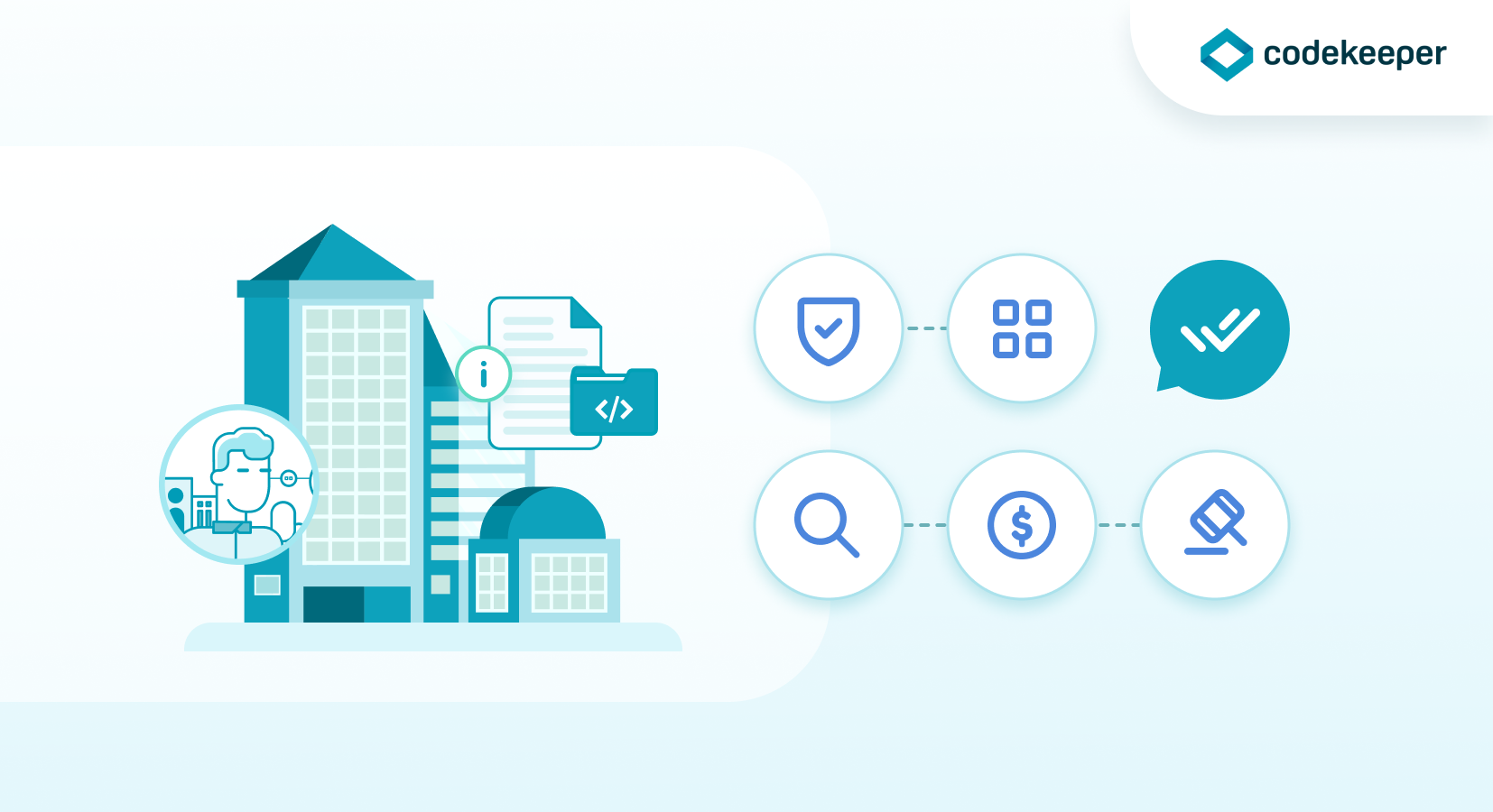7 Steps to Ensure Security & Operational Resilience in The Digital Age
Here are 7 steps to help you ensure your organization's security and operational resilience using software escrow.

By Jo Rust
In today's digital age, security breaches and operational disruptions can have disastrous consequences for any business. From lost revenue to reputational damage, the impacts of such incidents can be long-lasting and far-reaching. Ensuring both security and operational resilience is therefore crucial for businesses of all sizes and industries. In this article, we will discuss some best practices for ensuring security and operational resilience in your organization.
Develop a Security and Resilience Strategy
A well-defined security and resilience strategy is the foundation of any successful program. Such a strategy should take into account the unique risks and challenges faced by your organization, as well as any relevant regulations or compliance requirements. Key components of a security and resilience strategy include:
Risk Assessment : Identify and assess the risks to your organization's security and operations. This can include internal and external threats, as well as vulnerabilities in your systems, processes, and personnel.Incident Response Plan : Develop a plan for responding to security incidents and operational disruptions. This should include procedures for detecting, containing, and mitigating the impact of incidents, as well as for communicating with stakeholders.
Business Continuity Plan : Develop a plan for maintaining critical business operations in the event of a disruption. This should include procedures for backing up data and systems, as well as for restoring operations as quickly as possible. This can be achieved by way of investing in software escrow, for example.
Training and Awareness : Ensure that all employees are aware of the risks and procedures related to security and resilience. Regular training and awareness programs can help to reduce the risk of human error and improve incident response times.
Implement Strong Access Controls
Access controls are essential for protecting sensitive data and systems from unauthorized access. This includes both physical and digital access controls. Key considerations for implementing strong access controls include:
Role-Based Access : Assign access levels based on an individual's job responsibilities and need-to-know. This can help to limit the exposure of sensitive information to those who do not require access.Multi-Factor Authentication : Use multiple authentication factors, such as passwords and biometric data, to increase the security of access controls. This can help to reduce the risk of unauthorized access due to lost or stolen credentials.
Regular Reviews : Conduct regular reviews of access controls to ensure that they remain appropriate for each individual's job responsibilities. This can help to prevent access creep, where individuals accumulate unnecessary access over time.
Use Encryption to Protect Data
Encryption is a key tool for protecting sensitive data from unauthorized access. It involves the conversion of data into a format that can only be read by those who have the appropriate decryption key. Key considerations for using encryption to protect data include:
Choosing the Right Algorithm : Select an encryption algorithm that is appropriate for the level of security required for each type of data. This can include symmetric and asymmetric encryption, as well as hashing algorithms for data integrity.Key Management : Develop a key management strategy that ensures that encryption keys are properly secured and only accessible to authorized personnel. This can include using hardware security modules (HSMs) and key rotation policies.
End-to-End Encryption : Implement end-to-end encryption for all sensitive data in transit and at rest. This can help to prevent data breaches and unauthorized access to sensitive information. At Codekeeper, all the data you store with us is end-to-end encrypted for example.

Regular data backups are essential for ensuring business continuity in the event of a disruption. Backups can help to reduce the impact of data loss and provide a means of restoring operations as quickly as possible. Key considerations for backing up data and systems include:
Frequency : Determine the appropriate frequency for backing up data and systems based on the level of risk and the criticality of each system or process. This can include hourly, daily, or weekly backups.Off-Site Storage : Store backups in a secure, off-site location to protect against physical damage and theft. This can include cloud-based storage, as well as physically storing backups in a separate location.
Testing and Verification : Regularly test and verify backups to ensure that they are functioning as intended and can be used to restore operations in the event of a disruption. Did you know that we offer verification services as well? Read more about it here.
Monitor Systems and Networks
Continuous monitoring of systems and networks is essential for detecting and responding to security incidents and operational disruptions. Key considerations for effective monitoring include:
Log Analysis : Analyze system and network logs to detect unusual activity or patterns that may indicate a security incident or operational disruption.Intrusion Detection Systems : Implement intrusion detection systems that can automatically detect and respond to unauthorized access attempts.
Vulnerability Scanning : Regularly scan systems and networks for vulnerabilities that could be exploited by attackers.
Penetration Testing : Conduct regular penetration testing to identify vulnerabilities and assess the effectiveness of security controls.
Develop an Incident Response Plan
Even with the best security measures in place, incidents can still occur. Developing an incident response plan is essential for minimizing the impact of incidents and restoring operations as quickly as possible. Key components of an incident response plan include:
Detection and Analysis : Develop procedures for detecting and analyzing security incidents and operational disruptions. This can include network monitoring, log analysis, and incident reporting procedures.Containment and Mitigation : Develop procedures for containing and mitigating the impact of incidents. This can include isolating affected systems, removing malware, and restoring backups.
Communication and Coordination: Develop procedures for communicating with stakeholders, including employees, customers, and regulatory bodies. This can include establishing an incident response team and maintaining a list of key contacts.
Post-Incident Review : Conduct a post-incident review to identify areas for improvement and update the incident response plan as necessary.
Regularly Update and Patch Systems
Software vulnerabilities can be exploited by attackers to gain unauthorized access to systems and data. Regularly updating and patching systems is essential for reducing the risk of such vulnerabilities being exploited. Key considerations for updating and patching systems include:
Prioritization : Prioritize updates and patches based on the level of risk and the criticality of each system or process.Testing : Test updates and patches in a non-production environment before deploying them to production systems.
Automation : Use automation tools to streamline the update and patch process and reduce the risk of human error.
Conclusion
Ensuring both security and operational resilience is essential for any business in today's digital age. By developing a comprehensive security and resilience strategy, implementing strong access controls, using encryption to protect data, regularly backing up data and systems, monitoring systems and networks, developing an incident response plan, and regularly updating and patching systems, businesses can reduce the risk of security breaches and operational disruptions, and minimize the impact of incidents that do occur. By prioritizing security and resilience, businesses can protect their customers, their reputation, and their bottom line.
Schedule a demo call with one of our experts to discuss how Codekeeper can help you mitigate your organization's security risks today.
Codekeeper : State-of-the-art software escrow solutions




